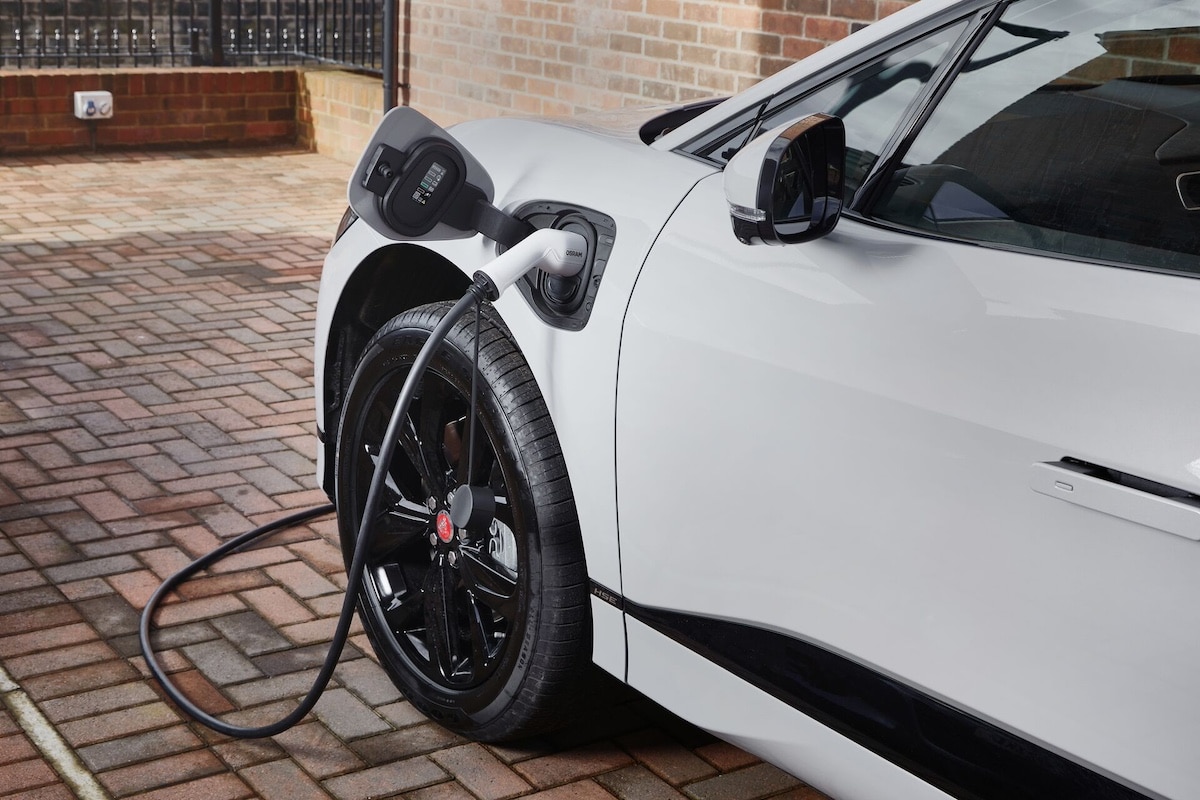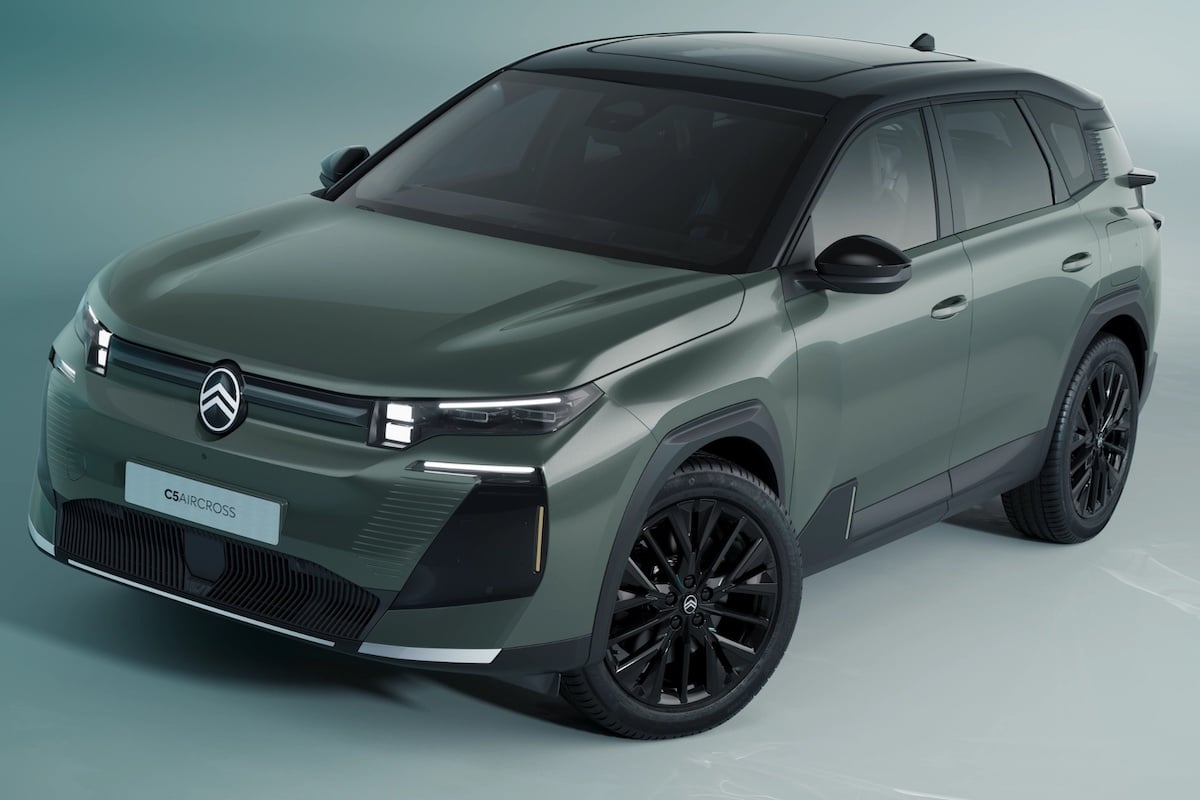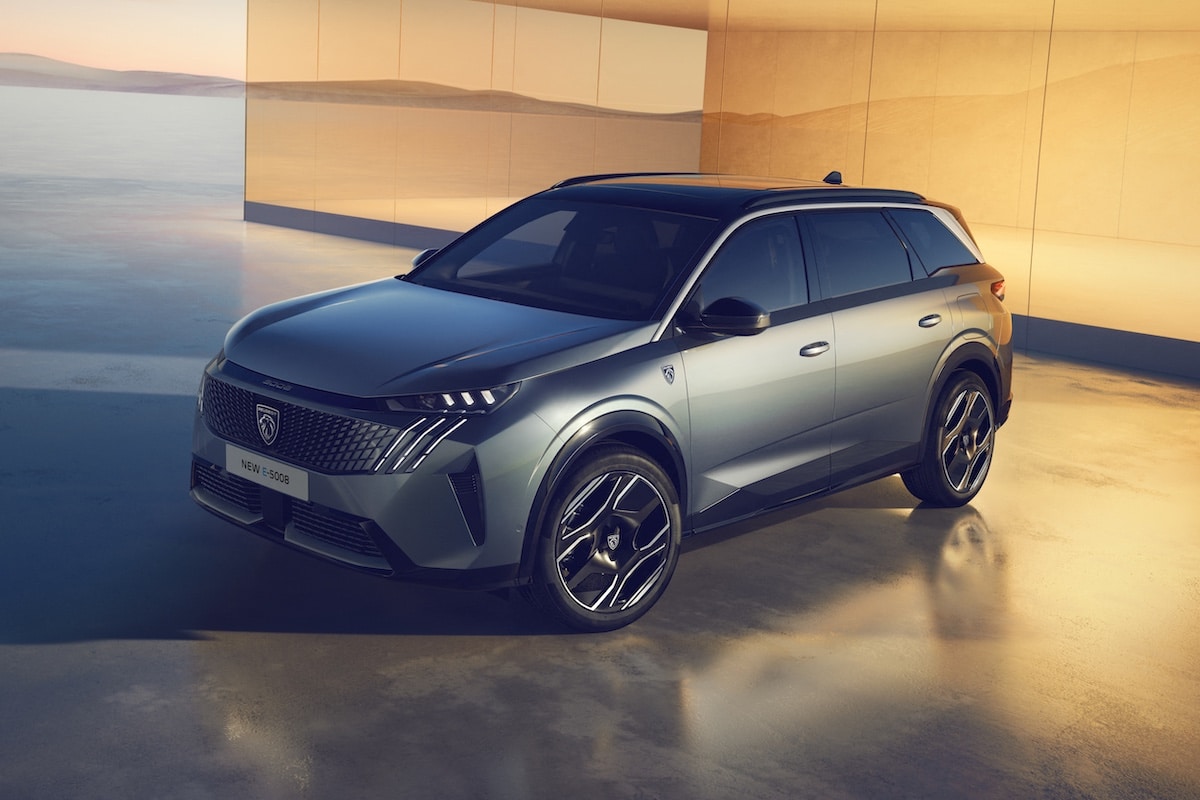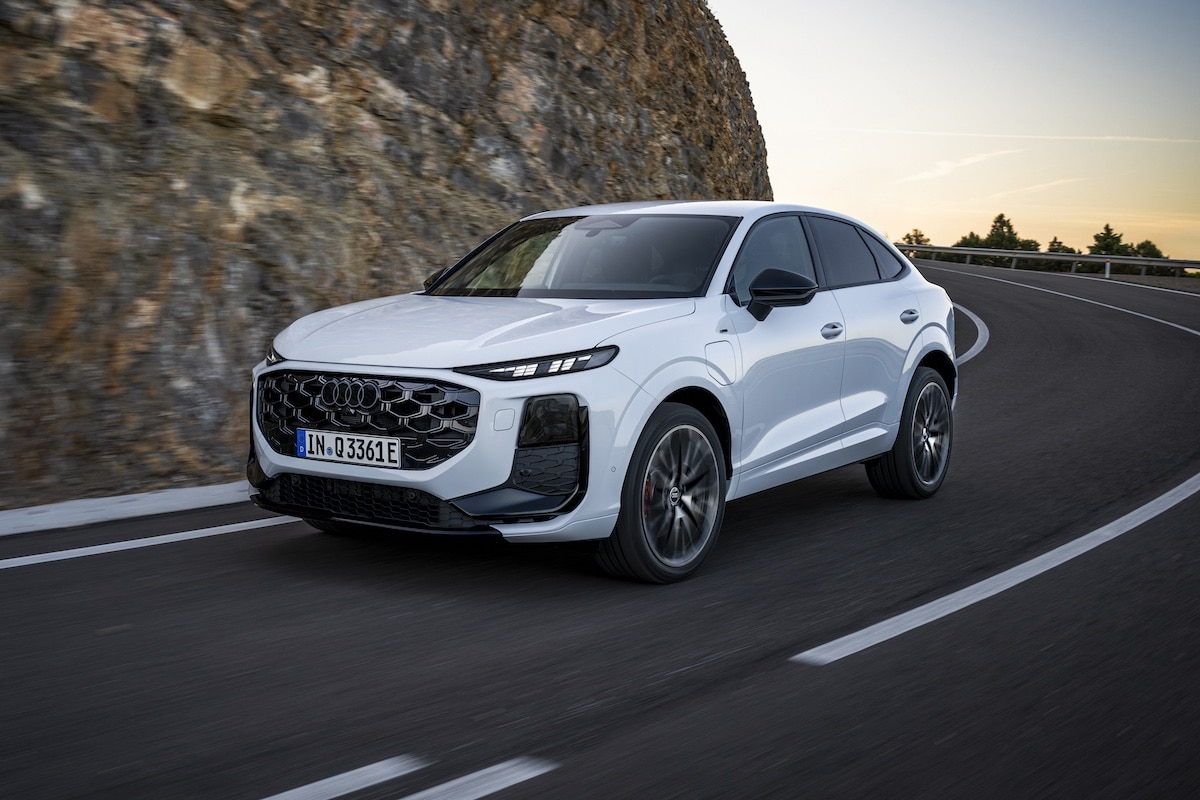Rechargeable hybrids: five times more polluting than promised?

A study published by Transport & Environment (T&E) points the finger at plug-in hybrid vehicles (PHEV).
According to T&E, plug-in hybrids are said to emit an average of 139 g of CO₂/km in real-world conditions, compared to only 28 g/km according to homologation tests. This represents a discrepancy of nearly five times, reigniting the debate about their role in the energy transition.
PHEVs combine an electric motor, rechargeable from the grid, and an internal combustion engine. In theory, they allow daily driving in electric mode while providing the freedom for long journeys thanks to the gasoline or diesel engine. A solution meant to meet consumer needs while reducing overall emissions. Today, these models represent 8.6% of new car sales in the European Union.
Data That Divides
The figures published are based on an analysis of 127,000 vehicles registered in 2023, equipped with consumption tracking systems. They contrast with laboratory tests, considered “realistic” but distant from everyday driving. To correct this bias, the EU plans to introduce coefficients starting in 2025 and then in 2027 that will align declared values with reality.
However, the European Automobile Manufacturers Association recently requested that Brussels ease these rules, arguing that they could penalize the market and hinder investment in a technology that is still useful for the transition. The Commission, for its part, confirmed that the topic would be discussed on September 12 during a “strategic dialogue” involving industry, NGOs, and stakeholders.
You might be interestedin this article:
For Lucien Mathieu, director of “cars” at T&E, “plug-in hybrids are even further from their promises than we thought. The gap with reality has worsened.” But beyond the controversy, the observation is disheartening. This lack of clarity undermines the image of a technology that, on paper, offers genuine benefits for both drivers and the planet.
ALSO READ: Fact checking: Is the plug-in hybrid the perfect compromise between electric and combustion?
This page is translated from the original post "Hybrides rechargeables : cinq fois plus polluants que promis ?" in French.
We also suggestthese articles:
Also read






